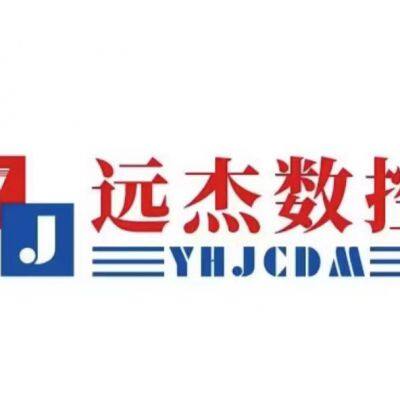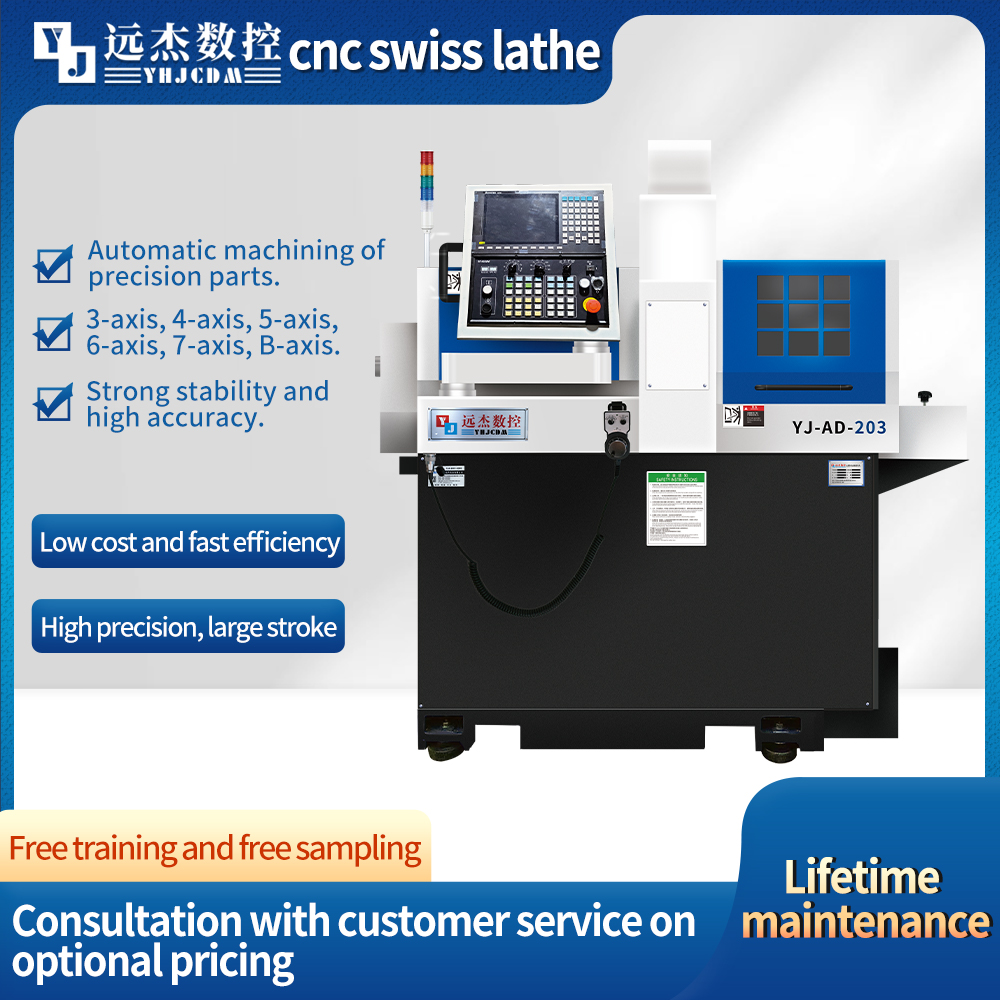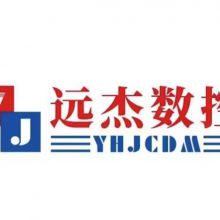
- Dongguan Yuanjie Industrial Co., Ltd.
-
Dongguan, Guangdong, China
- Main products: cnc Swiss lathe, Swiss lathe, cnc lathe machine, Automatic lathe, CNC lathe, CNC milling, нKи с Чпу длЯMeтaллообработки, токарные станки с Чпy, станKи с Чпу длЯMeтaллообработки, china swiss cnc lathe for sale suppliers, New and special sale high precision Swiss type CNC lathe, swiss lathe manufacturers
Swiss Turning vs Conventional Turning - Difference Between
2024-03-11 14:31:13
1. Headstock. Conventional lathes feature fixed headstocks, the bar stock is clamped in a collet or chuck which will extend to the enclosure of the machine or it will be supported on the one end with a tailstock, while Swiss lathes have movable headstocks.
2. Guide bushing. In conventional turning, the workpiece is stabilized in the collet of the main spindle, which is not suitable for long parts due to the deflection of the material, while during Swiss machining, the collet that holds the material can slide along the headstock behind the guide bushing, the cutting tool can operate near the guide bushing, this configuration can prevent deflections and achieve desired tolerances, whether the piece is how long.
3. Capability. Conventional lathes usually feature 3 or 4 axes and not capable of machining a turned part in a single cycle. While modern Swiss-style lathes feature 5-axis control or more axes, and can perform multiple operations in a single machining cycle.
4. Cycle time. Swiss automatic lathes reduce cycle time, especially for complex components.
5. Coolant. In conventional turning, water is often used as a coolant liquid, while in Swiss machining, oil is applied.
6. Programming. The offset programming of the Swiss-style lathe is the opposite compared to the conventional lathe. For turning longer lengths or drilling deeper holes, Z-axis on the Swiss machine requires a “plus” offset while traditional lathes require a “minus” offset.

